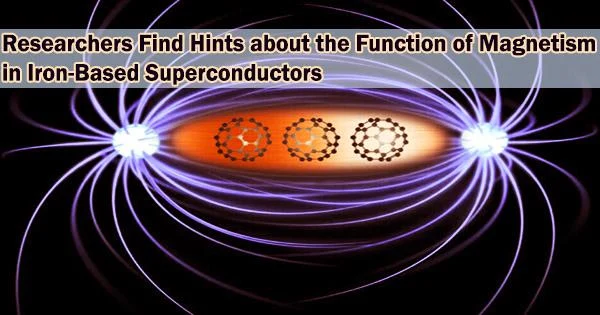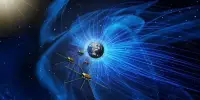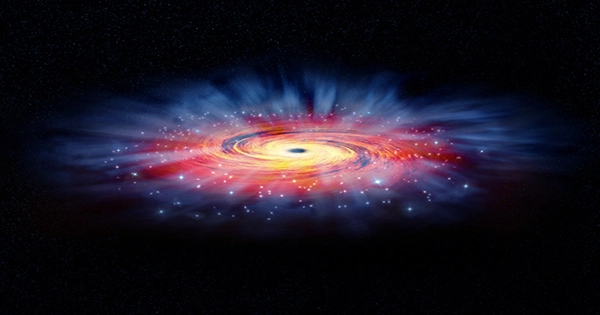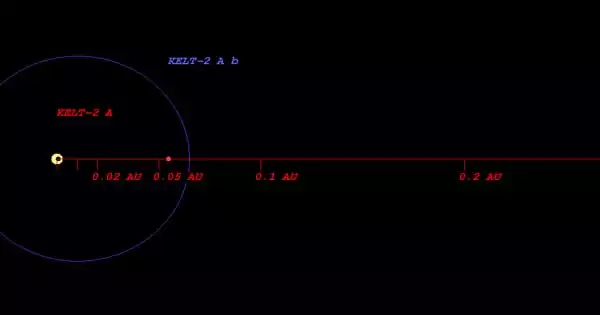Researchers at the Department of Energy’s Oak Ridge National Laboratory and Vanderbilt University are challenging accepted theories regarding superconductivity and magnetism in light of new findings of atomic-scale magnetic activity in iron-based superconductors.
Experimental proof that local magnetic fluctuations can affect the performance of iron-based superconductors, which transport electric current without resistance at relatively high temperatures, is provided by a study published in Advanced Materials.
“In the past, everyone thought that magnetism and superconductivity could not coexist,” said ORNL’s Claudia Cantoni, the study’s first author. “The whole idea of superconductors is that they expel magnetic fields. But in reality things are more complicated.”
Long-range magnetism, in which atoms align their magnetic moments over wide areas, severely inhibits superconductivity, but the ORNL work implies that small magnetic moment variations that occur quickly have a different impact.
In addition to existing, localized magnetism is also associated with a high critical temperature, which is the temperature at which the substance turns superconducting.
“One would think for superconductivity to exist, not only the long-range order but also the local magnetic moments would have to die out,” Cantoni said. “We saw instead that if one takes a fast ‘picture’ of the local moment, it is actually at its maximum where superconductivity is at its maximum. This indicates that a large local moment is good for superconductivity.”
Electron microscopy has long been an imaging technique that gives you a lot of crystal structure information; now we’re trying to go beyond to get the electronic structure. Not only do we want to know what atoms are where, but what the electrons in those atoms are doing.
Claudia Cantoni
To describe the magnetic characteristics of individual atoms, the ORNL-led research combined scanning transmission electron microscopy with electron energy loss spectroscopy. The local magnetic moments’ information has not been sufficiently detailed by other experimental methods.
“This kind of measurement of magnetic moments is usually done with more bulk-sensitive techniques, which means they look at the average of the material,” Cantoni said. “When you use the average, you might not get the right answer.”
The team’s four-year in-depth analysis of compounds from several families of iron-based superconductors revealed common patterns among all of the samples. The total quantity and distribution of electrons in atomic energy levels which govern the local magnetic moments have been calculated by the researchers.
“We find this number remains constant for all the members of this family,” Cantoni said. “The number of electrons doesn’t change what changes are the positions and distribution of electrons in different levels. This is why the magnetic moment differs across families.”
The ORNL researchers also claim that the method they used to study iron-based superconductors could be helpful in research on other technologically intriguing materials in areas like data storage and electronics.
“Electron microscopy has long been an imaging technique that gives you a lot of crystal structure information; now we’re trying to go beyond to get the electronic structure,” Cantoni said. “Not only do we want to know what atoms are where, but what the electrons in those atoms are doing.”
















